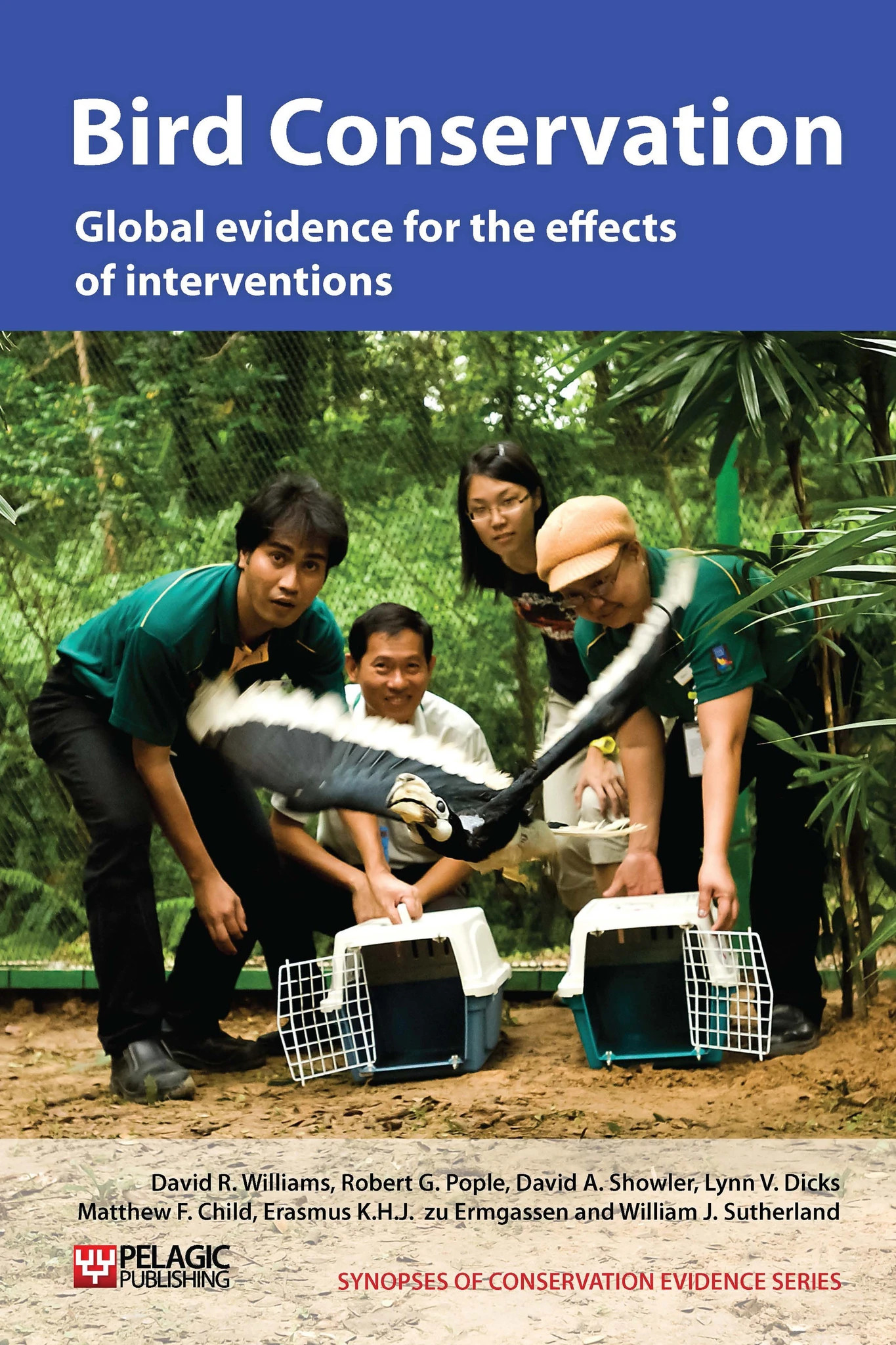Foster eggs or chicks of songbirds with wild non-conspecifics (cross-fostering)
-
Overall effectiveness category Likely to be beneficial
-
Number of studies: 2
View assessment score
Hide assessment score
How is the evidence assessed?
-
Effectiveness
45% -
Certainty
45% -
Harms
10%
Study locations
Supporting evidence from individual studies
A replicated study in 1978 and 1980 in a parkland site in Michigan, USA (Brewer & Morris 1984), transferred yellow warbler Dendroica petechia eggs and nestlings (two to six days old) to chipping sparrow Spizella passerina nests and found that four of six clutches transferred in 1978 produced fledglings that were fed by foster parents 16-26 days after hatching. In 1980, 34 fledglings were produced from a total of 64 eggs and 13 nestlings that were transferred into 26 nests. Eleven reached an age of at least 24 days and one male was seen returning to the study area in 1981 and showing normal yellow warbler behaviour. Incubation and nestling periods in cross-fostered chicks were identical to previously published results for yellow warblers, but survival of cross-fostered chicks was lower than previously published results. In 1978, nestlings and eggs were also transferred to field sparrow S. pusilla, and house wren Troglodtyes aedon, but the results were not provided. This study was used to investigate the possibility of cross-fostering Kirtland’s warblers D. kirtlandii, which was endangered at the time of the study.
Study and other actions testedA replicated and controlled study in woodlands in southern Norway in 1998-2000 (Slagsvold et al. 2002) found that cross-fostering did not affect the recruitment of great tits Parus major (12% of birds raised by blue tits P. caeruleus observed the following year, n = 155 chicks vs. 13% of control birds, n = 196) or pied flycatchers Ficedula hypoleuca (4% recruitment for birds raised by great or blue tits, n = 573 vs. 6% for control birds, n = 935). However, blue tits raised by coal tits P. ater had higher recruitment than controls, or those raised by great tits (18% recruitment for birds raised by coal tits, n = 38 chicks vs. 10% for birds raised by great tits, n = 242 and 7% for control birds, n = 175). Cross-fostering reduced pairing success in great tits (27% pairing success for cross-fostered chicks, n = 11 vs. 95% for controls, n = 20) but not in blue tits (100% pairing success for both cross-fostered and control chicks, n = 17 and 11 respectively) or flycatchers (95% pairing success for cross-fostered chicks, n = 19 vs. 95% for controls, n = 39). All fostering occurred during incubation, with eggs moved between nests before they hatched.
Study and other actions tested
Where has this evidence come from?
List of journals searched by synopsis
All the journals searched for all synopses
This Action forms part of the Action Synopsis:
Bird Conservation
Bird Conservation - Published 2013
Bird Synopsis





)_2023.JPG)














